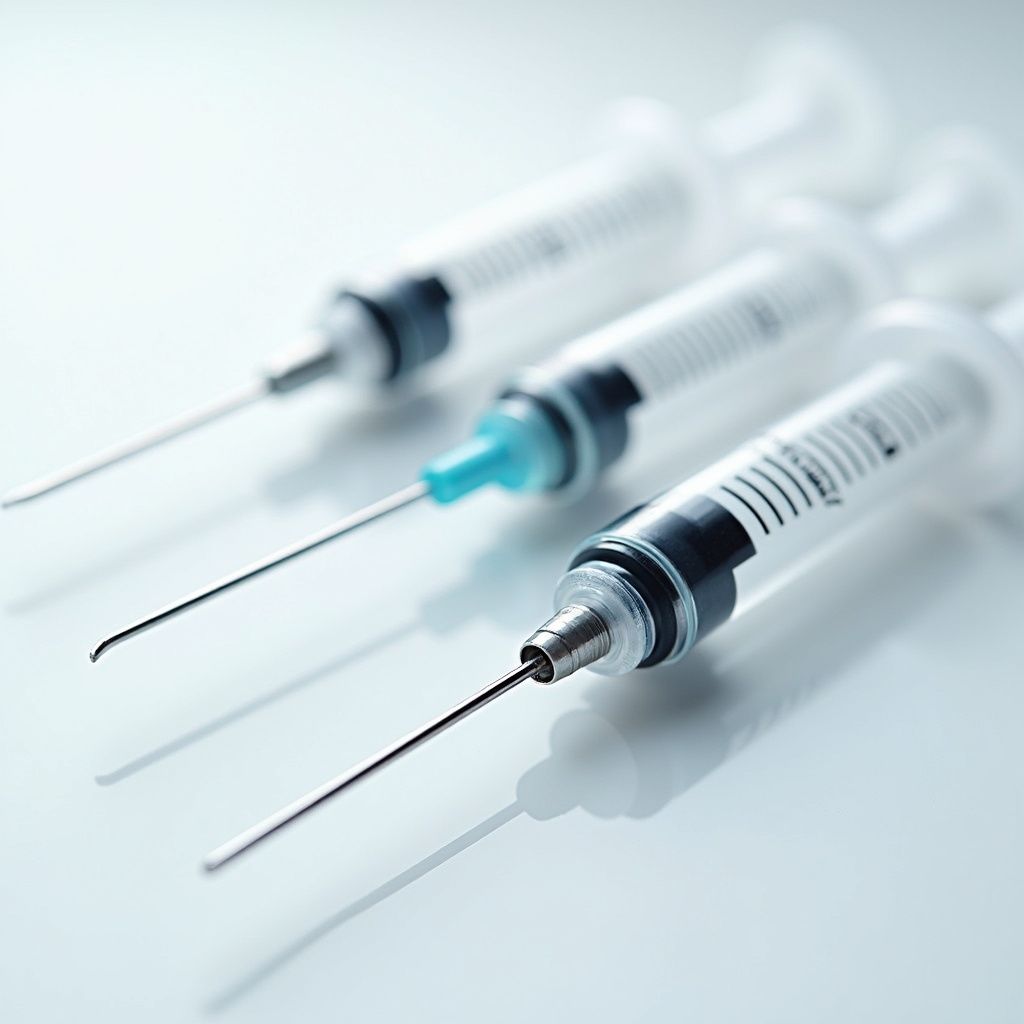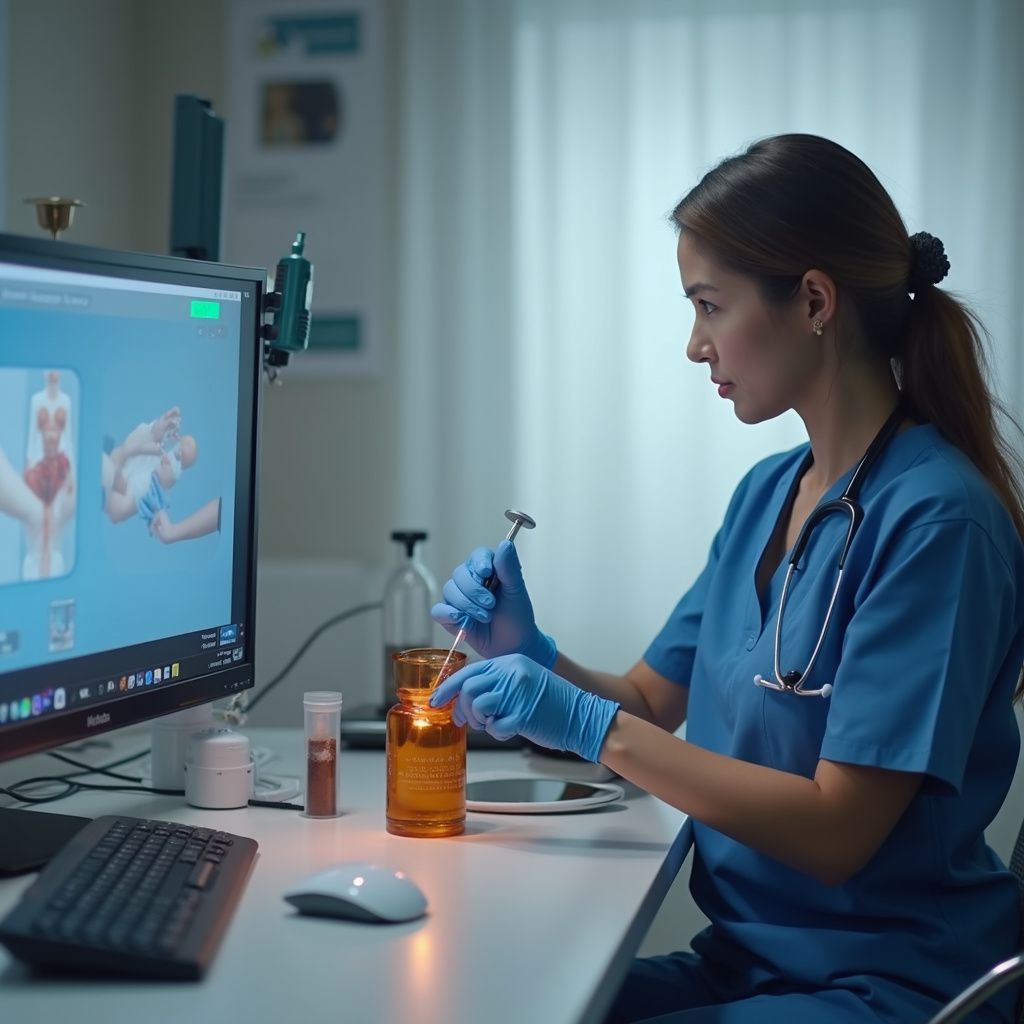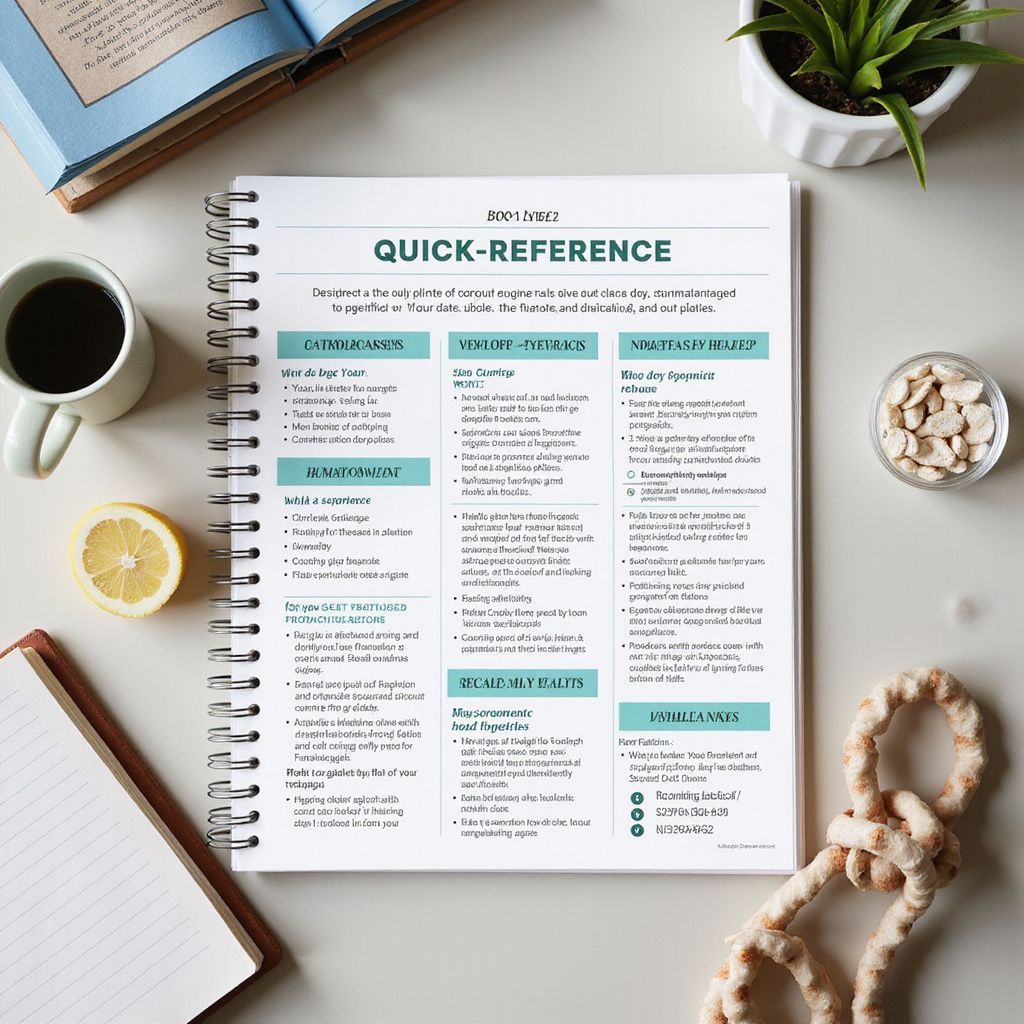Peptide Reconstitution Guide
Before you start, gather everything in a clean, organized workspace.
Tools & Supplies Needed for Peptide Reconstitution
List of Services
-
Vials of lyophilized peptide powderItem Link List Item 1
Freeze-dried peptide powder ready for reconstitution and use.
-
Bacteriostatic water (BAC)Item Link List Item 2
Preferred solvent; contains 0.9% benzyl alcohol to inhibit bacterial growth. Use BAC water for injection strictly for research purposes.
-
Alcohol swabsItem Link List Item 3
70% isopropyl swabs to maintain sterility during preparation.
List of Services
Peptide Safety, Hygiene & Dosage Accuracy
Calculate dosages precisely to ensure accuracy. For example, reconstituting 5 mg peptide with 2 mL BAC water means each 0.1 mL equals 0.25 mg.


Maintain a detailed research log to track reconstitution dates, storage conditions, and observations. This helps ensure consistent and safe peptide use.
Always use sterile equipment and never reuse syringes or needles. Label all materials clearly with peptide name, reconstitution date, and concentration.

Step-by-Step Guide to Reconstituting Peptides
List of Services
-
1. Prepare your workspaceItem Link List Item 1
Wash your hands thoroughly and wear gloves. Wipe down your surface with disinfectant.
-
2. Disinfect the vialsItem Link List Item 2
Use alcohol swabs to clean the rubber stoppers of both the peptide vial and BAC water vial.
-
3. Draw bacteriostatic waterItem Link List Item 3
Use a fresh sterile needle and syringe. Slowly draw up the volume of BAC water you plan to use.
List of Services
-
4. Inject water into the peptide vialItem Link List Item 4
Insert the needle at an angle against the glass side of the vial. Let the water gently run down the side to avoid foaming.
-
5. Dissolve the peptideItem Link
Do not shake. Gently swirl or roll the vial until the powder dissolves completely. Some peptides take longer to dissolve.
-
6. Store correctlyItem Link
Most peptides should be refrigerated (2–8°C / 35–46°F).
Avoid heat, light, repeated freeze-thaw cycles, and shaking
Visual Learning Resources
Why Proper Reconstitution Matters
Reduced contamination risk
Accurate dosing for research
Maximum stability and shelf life
Legal Disclaimer:
These statements have not been evaluated by the FDA and are not intended to diagnose, treat, cure, or prevent any disease. This information is for educational and research purposes only. All products are research compounds exclusively for laboratory use under proper IRB oversight.
Peptides are not dietary supplements and are prohibited for human or animal consumption. Products must be handled only by qualified laboratory professionals trained in safe procedures and familiar with associated hazards. By accessing this site, you confirm that you are a qualified researcher using these materials solely for legitimate research purposes in compliance with applicable regulations.



